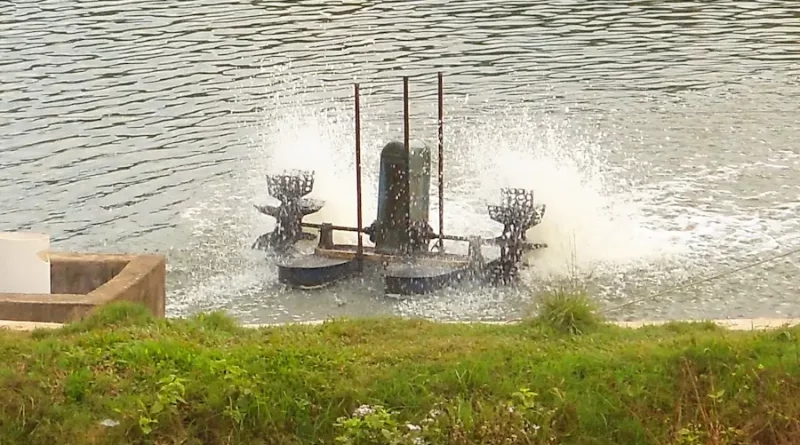Top 5 Benefits of Lake Aeration
Using lake aeration is an easy and cost-effective way to improve the quality of your pond or lake. Aerators also help reduce mucky sediment and enhance water clarity.
Consistent lake aeration can help reduce winter fish kills and lessen the requirement for dredging. This is crucial in regions where the lake’s naturally occurring oxygen content is significantly reduced throughout the winter.
Increased Oxygen Levels
Lakes and ponds require oxygen for plant and animal life to thrive. Low dissolved oxygen levels, especially during winter, can kill fish.
As days get shorter and water freezes, plants and algae produce less oxygen. This process is called stratification, which can harm lake ecosystems and resources.
Adding aeration systems to your lake helps maintain circulation, reducing stratification. Aeration also can prevent ice formation, which minimizes the risk of winter fish kills.
Increased Water Clarity
Water clarity is a natural indicator of water quality and can be affected by many factors. These include sediment inputs, wave action, and fish activity.
Increased water clarity can be achieved through aeration systems that are either solar or wind-powered. The aeration devices use a compressor that forces air through a hose to the lake’s depths.
This causes an opening in the ice that allows oxygen and sunlight to enter and gases to escape. Additionally, aerators can help reduce the amount of phosphorus released from bottom sediments, which can contribute to algae blooms and nutrient build-up.
Reduced Algae
Lake aeration can help reduce the growth of algae in your pond. The added oxygen helps decompose the algae more quickly and vent the extra carbon dioxide, improving water quality.
The added oxygen also promotes the conversion of phosphorus to forms less usable by algae. This will help mitigate the problem of internal phosphorus cycling in your lake or pond.
In addition to helping with the internal phosphorus cycle, proper lake aeration can also break down stratification in your lake by distributing oxygen-rich waters into warmer areas with lower dissolved oxygen levels. This allows warm water fish to thrive and provides better conditions for organisms that fish prey upon.
Reduced Nutrient Load
Aeration systems can reduce nutrient levels in lakes and ponds, contributing to unhealthy algae blooms. Nutrients like nitrogen and phosphorus behave as fertilizers and promote the growth of harmful blue-green algae, which can harm fish and other organisms.
Lakes can be influenced by various sources of nutrient inputs, including runoff from agricultural and pet waste, fertilizers, and leaking septic tanks. Increasing nutrient levels in these water bodies can negatively impact natural ecosystems, wildlife, and recreational activities.
Lakes subject to nutrient loading problems often stratify (distribute into different layers), reducing dissolved oxygen levels and encouraging algal blooms. Aeration can reduce these problems by increasing the amount of dissolved oxygen in the lower layers of the lake.
Reduced Odor
Adding aeration to your lake or pond can help control the odor associated with stagnant water. This odor is caused by bacteria that break down waste at the bottom of the lake and releases carbon dioxide and hydrogen sulfide as a by-product.
Keeping the water moving also keeps it a healthy habitat for fish and aquatic plants.
If the water stays still for too long, it can smell like rotten eggs as the air rises. This is especially common in the spring as the weather warms up.
Adding lake aeration is a terrific technique to lessen the smell and enhance the water quality of any pond, whether it is a little backyard pond or a sizable koi fish pond. It’s crucial to select the best system for your requirements.

